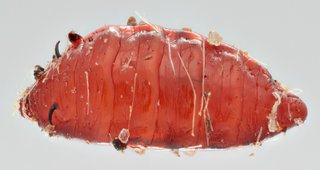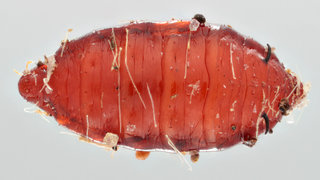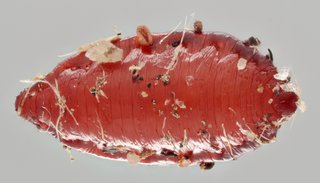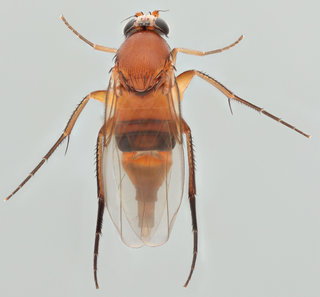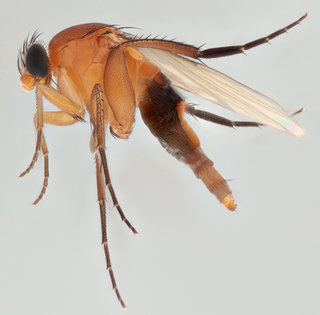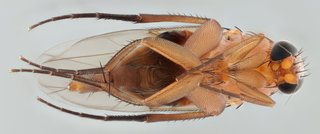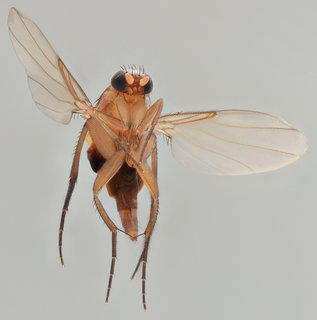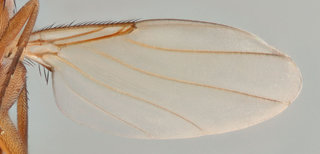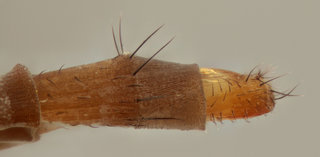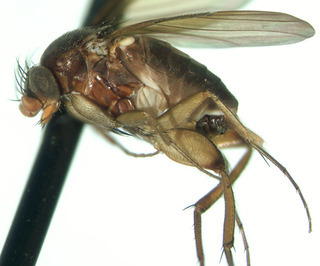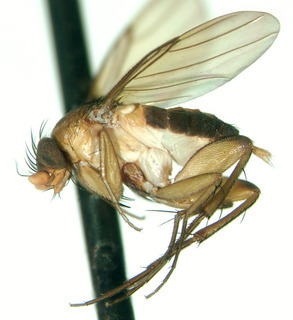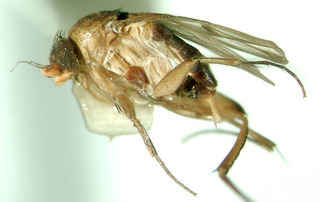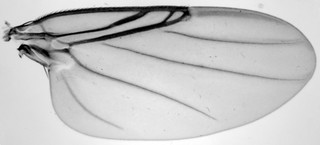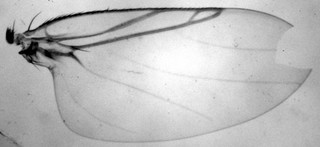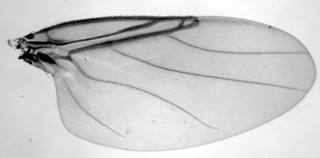
Phoridae are a large group of thousands of species of small flies. They are one of the most spectacular groups of flies In terms of diversity of body types, and variety of life histories. They range in size from about 6 mm in length down to 0.4 mm, the world's smallest fly.
Their life histories are classified mostly by the way the larva (or maggot) feeds. Thus, we have scavengers, plant. feeders, fungus feeders, predators, parasitoids, and true parasites. Based on what we know so far, most phorid flies are parasitoids, laying their eggs in a single host, which is subsequently killed by larval feeding. Most parasitoids feed on ants, bees, or millipedes, groups for which studies have been done. The vast majority of phorids, however, have not been studied and their life histories are completely unknown.
Phorids are found around the world, being diverse on Arctic tundra, temperate forests, tropical rain forests, tropical dry forests, grasslands-really, anywhere except the most barren, dry, and cold places on the planet. Nobody knows how many species of phorids there are in the world, but we estimate the current total of about 4000 species is 10% or less of the true fauna.
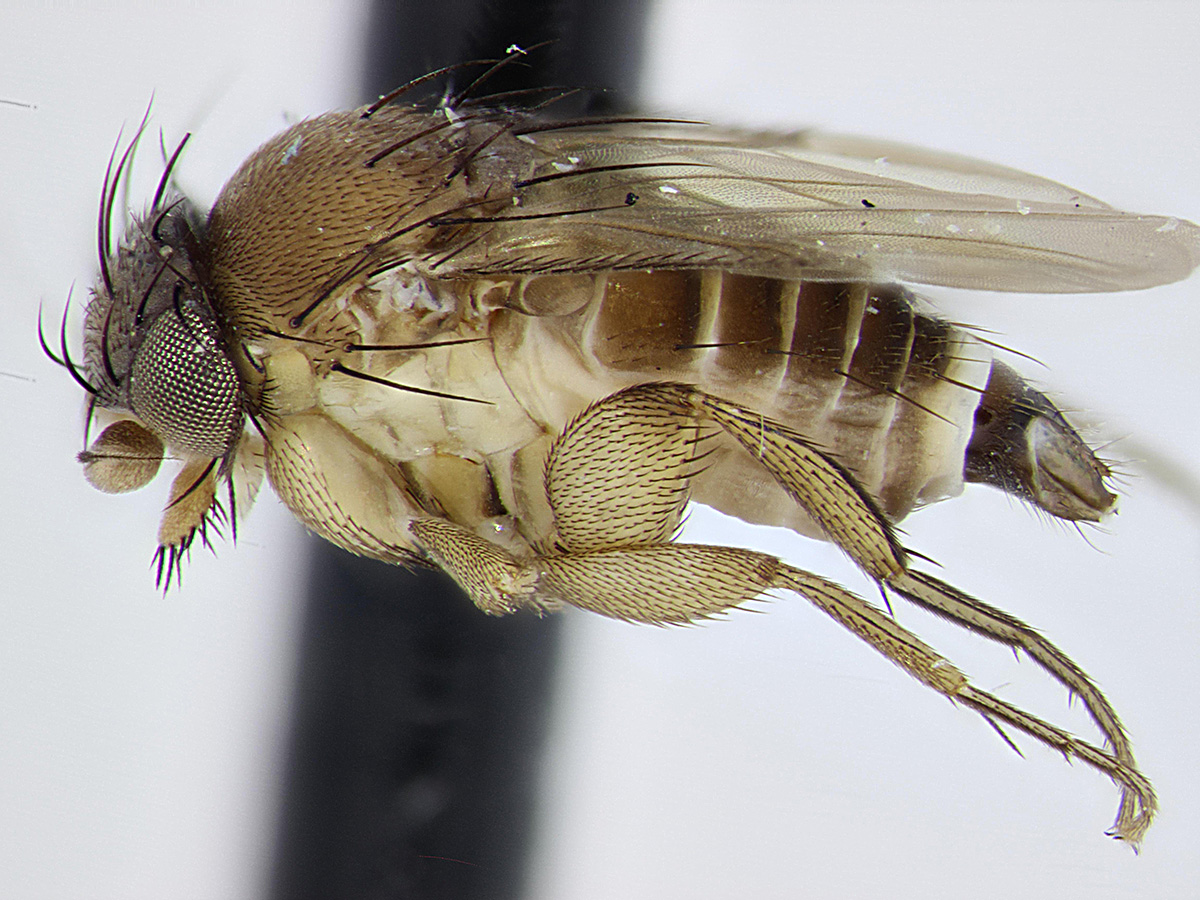
Within the phorids there is one giant group, the genus Megaselia , and about 200 other genera. The diversity of Megaselia is assumed to be an enormous, and the 1400 species currently described is just a drop in the bucket. Careful studies have shown that many species are extremely similar, and require detailed genitalia drawings to portray their differences. Molecular studies are showing that there are indeed an incredible number of species of these flies.
Other phorids can also be large groups, with the genera Apocephalus (the ant decapitating flies), Dohrniphora, Melaloncha, Myriophora , and Coniceromyia also having hundreds of species. More information on diversity can be found at the phorid catalog (PCAT) site .





